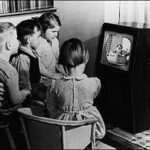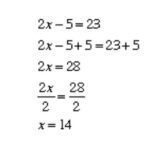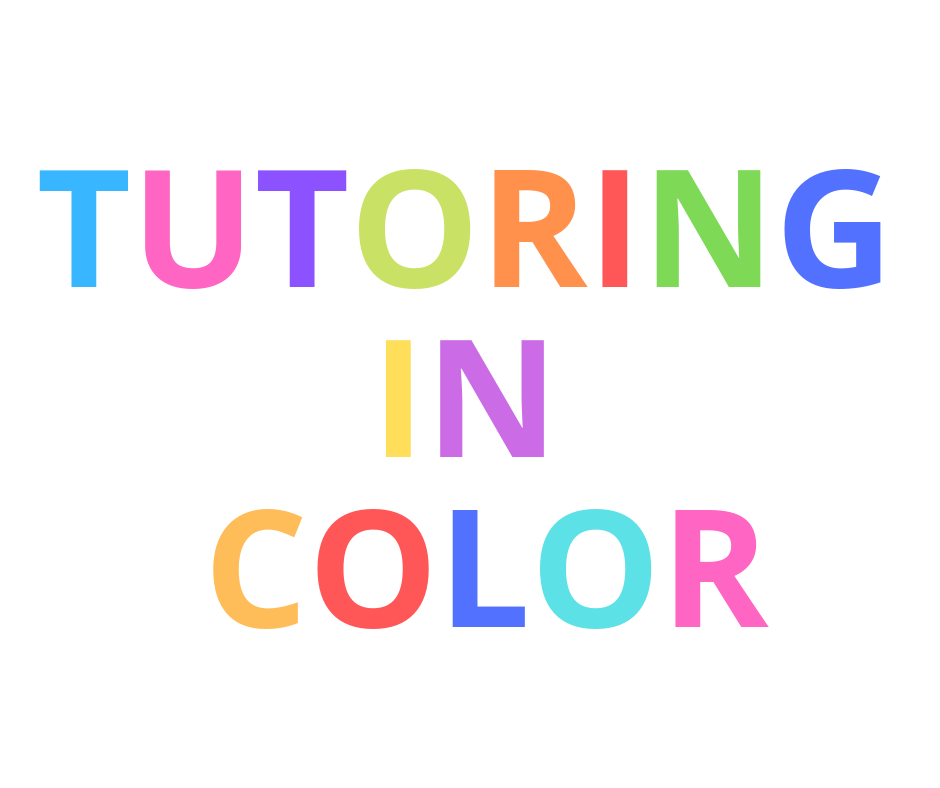Tutoring in Color, by Ishmael Brown.
What would the world look like without color?
At some point long ago in the past, we had the fortune of viewing television in black-and-white. It was a breakthrough at the time.
That is to say, being born in the 1970’s as the metamorphosis to color TV became commonplace, I can remember as a child watching a black-and-white show. As a result, I remember thinking, “How can people see in black and white?”. Also, “How can you make out different things if everything is only in black and white?”.

In the picture above black and white makes it hard to pick out the details in the picture.
Evolution of Color
In the classroom, we have evolved from the blackboard (green board) with yellow chalk, to electronic devices with thousands of colors. Our teachers use various resources that encourage students to learn. Especially online services. In tutoring, we too are evolving with technologies; smart phones, tablets etc. However, when it is necessary to write, we should consider one basic luxury. To clarify – writing notes in color. Hence, tutoring in color.
Why is this important? Earlier, I mentioned distinguishing items on television. It is comparable to learning new concepts. Tutees understand better when demonstrations (letters, numbers and characters) are distinguishable. The eyes will generally focus on the unusual or unique. The Center for Teaching and Learning at Stanford University also noted that the mapping method of note taking, “is easy to edit notes by … color coding.”

Differentiation – Math in Color
The use of color in the above image allows us to pick out the different types of foliage. Using the lake as an equation we can see if the foliage is the same or different on both sides of the lake.
Even in the title image of this article, the colors are very noticeable and the eyes tend to float back to the top of the page to check the image.
Here is an example to express my point:

In this two step equation, we are solving for x. With no explanation of what is going on, it looks monotonous and boring. The student who has no clue on this concept would have a difficult time following and may have a litany of questions.
Math in color:- Let’s take the same problem and give it some color.

Understanding
When the color of the text is distributed correctly, tutees are more apt to follow what is going on, and less apt to ask repetitive questions.
Notice that the same number is being added on both sides of the equal sign (line 2) and the same number is being used to divide on both sides of the equal sign (line 4). The tutee can now see and understand the cliché, “What you do to one side, you do to the other.”
He is the owner and founder of InfiNeXt Educational Solutions, LLC, an educational support company that specializes in tutoring, academic coaching, and workshops and seminars on educational-related topics. Ishmael has a B.S. Degree in Mathematics with a minor in Physics. He holds certification through the National Tutoring Association (NTA) as an Advanced Tutor (with a Mathematics Endorsement) and Academic Coach.
Manage your tutoring sessions with scheduling, learning plans, progress reports and customer billing all with Oases Online.
Find the right tutor for a student and communicate effectively with your customers, all from one platform.
Interested in Oases for your Tutoring Business?
Love it and want it now?
Create your Oases database!
He is the owner and founder of InfiNeXt Educational Solutions, LLC, an educational support company that specializes in tutoring, academic coaching, and workshops and seminars on educational-related topics. Ishmael has a B.S. Degree in Mathematics with a minor in Physics. He holds certification through the National Tutoring Association (NTA) as an Advanced Tutor (with a Mathematics Endorsement) and Academic Coach.
Manage your tutoring sessions with scheduling, learning plans, progress reports and customer billing all with Oases Online.
Find the right tutor for a student and communicate effectively with your customers, all from one platform.
[/vc_column_text][/vc_column][/vc_row]Interested in Oases for your Tutoring Business?
Love it and want it now?
Create your Oases database!
About The Author of Tutoring in Color
About the Author: Ishmael Brown, Jr is a Certified math teacher, teaching for 16 years with an impeccable record of motivating students to succeed.
He is the owner and founder of InfiNeXt Educational Solutions, LLC, an educational support company that specializes in tutoring, academic coaching, and workshops and seminars on educational-related topics. Ishmael has a B.S. Degree in Mathematics with a minor in Physics. He holds certification through the National Tutoring Association (NTA) as an Advanced Tutor (with a Mathematics Endorsement) and Academic Coach.
Manage your tutoring sessions with scheduling, learning plans, progress reports and customer billing all with Oases Online.
Find the right tutor for a student and communicate effectively with your customers, all from one platform.
[/vc_column_text][/vc_column][/vc_row]Interested in Oases for your Tutoring Business?
Love it and want it now?
Create your Oases database!
About The Author of Tutoring in Color
About the Author: Ishmael Brown, Jr is a Certified math teacher, teaching for 16 years with an impeccable record of motivating students to succeed.
He is the owner and founder of InfiNeXt Educational Solutions, LLC, an educational support company that specializes in tutoring, academic coaching, and workshops and seminars on educational-related topics. Ishmael has a B.S. Degree in Mathematics with a minor in Physics. He holds certification through the National Tutoring Association (NTA) as an Advanced Tutor (with a Mathematics Endorsement) and Academic Coach.
Manage your tutoring sessions with scheduling, learning plans, progress reports and customer billing all with Oases Online.
Find the right tutor for a student and communicate effectively with your customers, all from one platform.
[/vc_column_text][/vc_column][/vc_row]Interested in Oases for your Tutoring Business?
Love it and want it now?
Create your Oases database!

